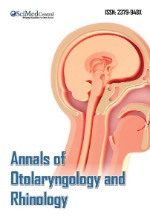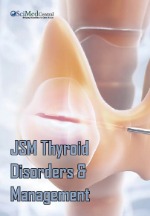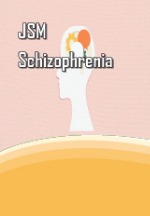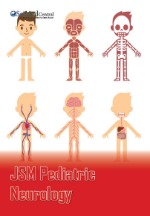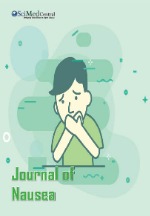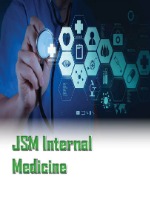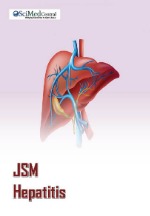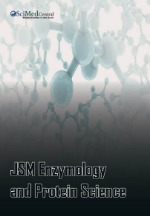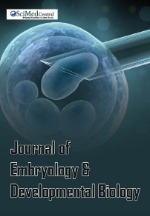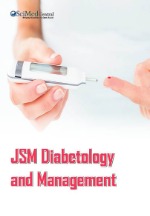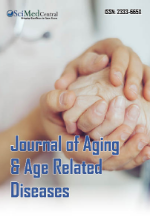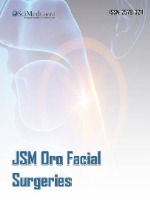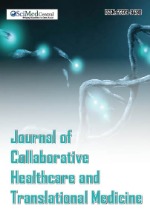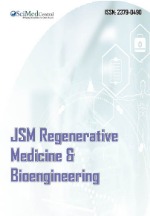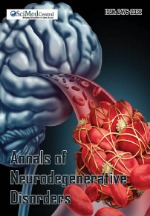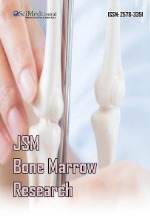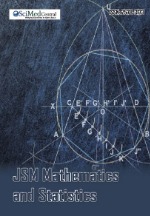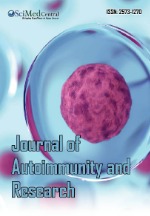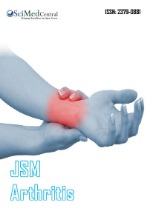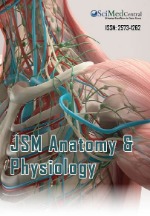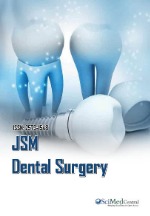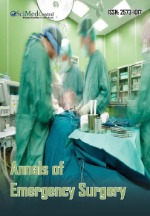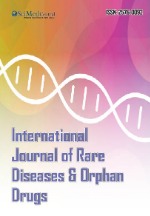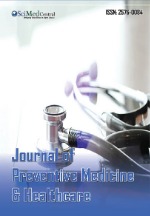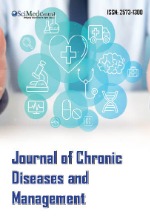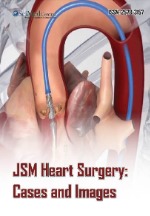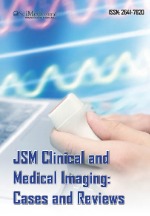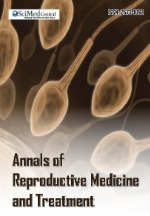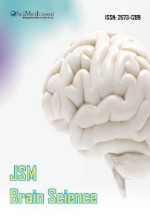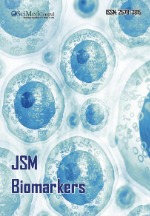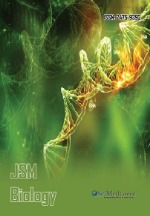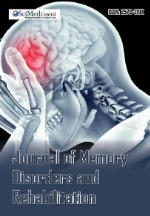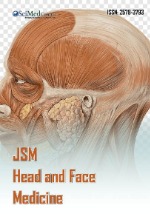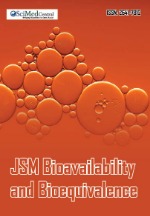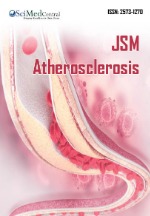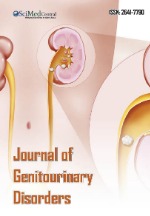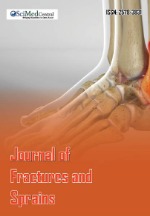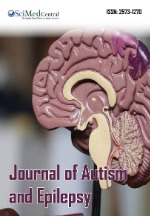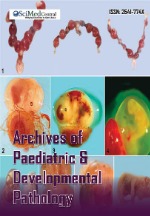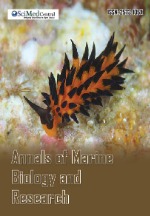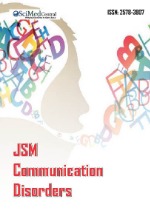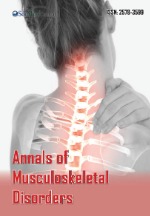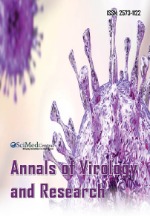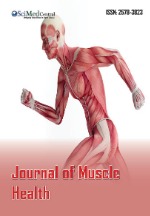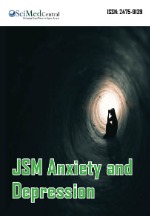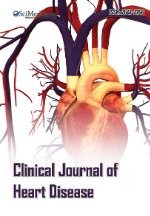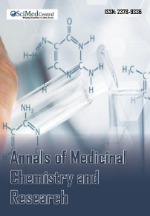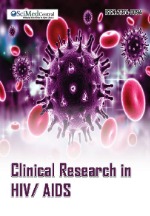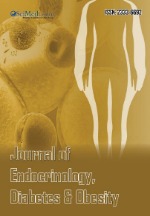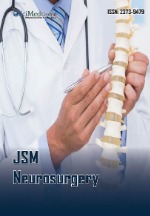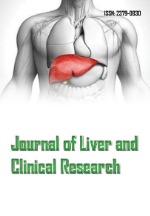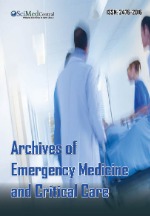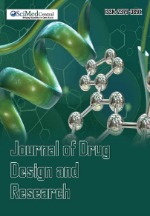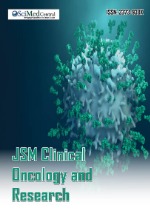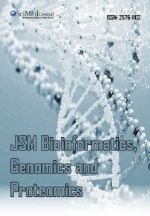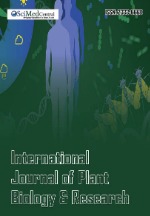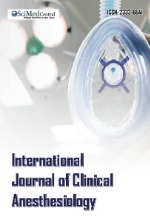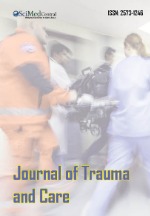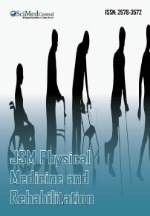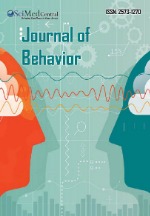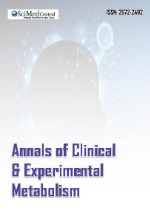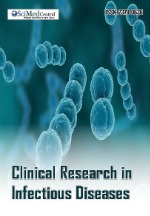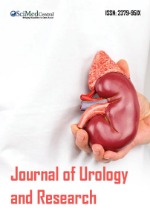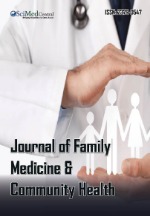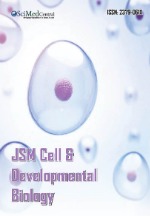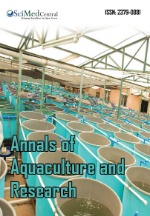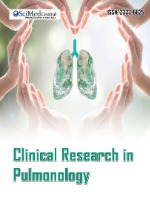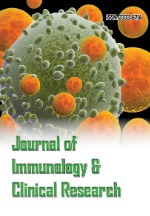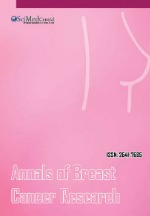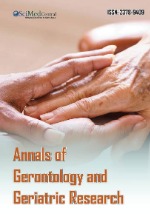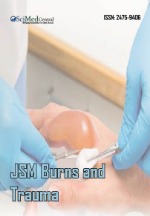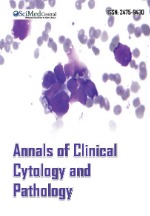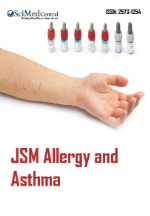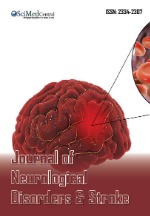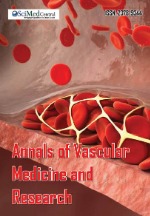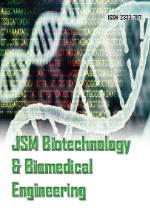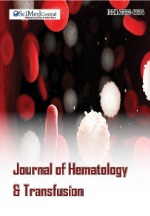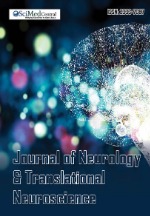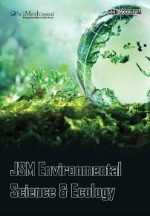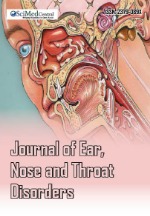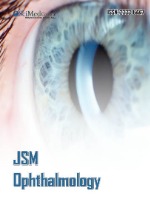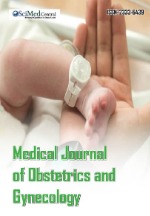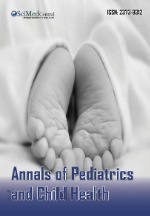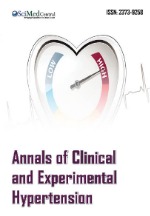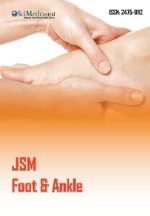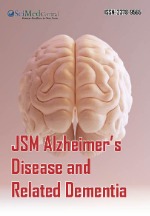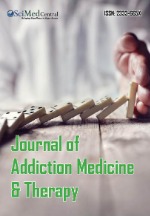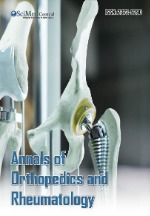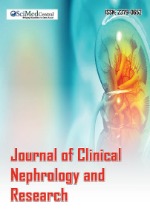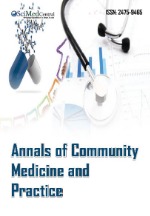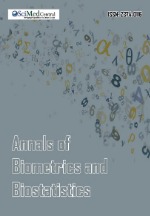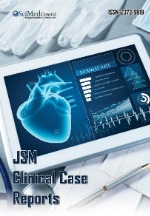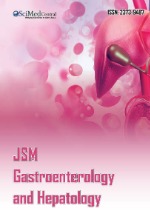Effect of SARS-COV2 Virus on Nervous System and Mental Health
- 1. Department of Microbiology, Al-Sham private university (ASPU), Syria
Abstract
Severe acute respiratory syndrome coronavirus 2 (SARS-CoV-2) causes COVID-19. COVID-19 has shown syndromic complexity. COVID-19 effects on the respiratory system have been well described in the literature, but we now recognize that COVID-19 also affects several other organs, including the nervous system. The neurological manifestations of SARS-CoV-2 infection are growing rapidly, as evidenced by several reports. There are several mechanisms responsible for such manifestations in the nervous system. For instance, post-infectious immunemediated processes, direct virus infection of the central nervous system (CNS), and virus-induced hyper-inflammatory and hypercoagulable states are commonly involved. Due to multifactorial and complicated pathogenic mechanisms, COVID-19 poses a large-scale threat to the whole nervous system. A complete understanding of SARS-CoV-2 neurological impairments is still lacking, but our knowledge base is rapidly expanding. Therefore, we anticipate that this comprehensive review will provide valuable insights in unfolding different neurological dimensions of COVID-19 and other CoV associated abnormalities.
Keywords
• COVID-19
• Depression
• Anxiety
• Mental health
INTRODUCTION
The world is currently facing the COVID-19 pandemic with a novel corona virus, SARS-CoV-2, initially observed in Wuhan, Hubei, China in the end of 2019 [1,2]. COVID-19 have been shown to affect other organs, including the brain, and recently reports on neurological symptoms due to COVID-19 infection are emerging. There are indications of neurotropic properties of SARS-CoV-2; however, yet little appears to be known about the exact mechanisms on how it affects brain functioning [3]. Furthermore, the indirect effects of the pandemic on general mental health are of increasing concern, particularly since the SARS-CoV-1 epidemic (2002–2003) was associated with psychiatric complications [4,5].
Human coronaviruses were not considered harmful before the year 2002, and they were a common cause of influenza, and unlike animals, coronaviruses did not cause serious diseases to humans, but that has changed since2002, when three new dangerous human coronaviruses appeared: SARS-CoV, MERSCoV, and SARS-CoV-2 [6].
The COVID-19 pandemic has spread rapidly and infected about 509 million people with 6.22 million deaths all around the world. Given the lack of specific therapy for and the rapid spread of this virus, vaccination would be a significant way in the fight against the SARS-CoV-2 pandemic [7,8].
PREVALENCE OF DEPRESSION AND ANXIETY DURING COVID-19 PANDEMIC
The Global Burden of Disease 2020 estimated that the COVID-19 pandemic has led to a 27.6% increase in cases of major depressive disorder (MDD) and a 25.6% increase in cases of anxiety disorders (AD) worldwide in 2020. Overall, the pandemic was estimated to have caused 137.1 additional disability- adjusted life years (DALYs) per 100 000 population for MDD and 116.1 per 100 000 population for AD. The greatest increases in MDD and AD were found in places highly affected by COVID-19, as indicated by decreased human mobility and daily COVID-19 infection rates. Females were more affected than males, and younger people, especially those aged 20–24 years, were more affected than older adults. Many low- and middleincome countries were also majorly affected [9].
According to Zhang et al. psychiatric symptoms among patients with COVID-19 have occurred. The prevalence of depression (29.2%) was elevated among 57 patients newly recovered from COVID-19 compared to participants in quarantine (9.8%), while no difference in anxiety level was found [10].
A previous study evaluated symptoms of patients with eating disorders during the pandemic and found 37.5% to report worsening in their eating disorder symptomatology and 56.2% to report additional anxiety symptoms[11], while another study reported that 20.9% of patients with preexisting psychiatric disorders reported worsening of their symptoms, but did not report the preexisting diagnoses[12].
EFFECT OF COVID-19 PANDEMIC ON SUICIDE PREVALENCE
During this pandemic, self-harm is likely to increase due to limited social interaction and increased feeling of anxiety amongst communities. Self-harm has been shown to be a risk factor for suicide. Combined with the barriers to effective treatment due to several restrictions on face to face treatment, vulnerable individuals may experience an increase in suicidal ideation, self-harm or suicide during the COVID-19 pandemic. However, there is very little systematic evidence linking COVID-19 to an increased risk of self-harm and/or suicide [13].
creased risk of self-harm and/or suicide [13]. Even a small increase in suicide may affect a large number of people due to the scale of the current pandemic. Literature on suicide during this pandemic is sparse and is almost entirely limited to case reports. This literature can inform clinical practice and can help in identifying research questions for future epidemiological studies. It was clear that majority of cases COVID-19 (or fear of it) precipitated suicide in people who had pre-existing mental health conditions. The role played by media coverage of COVID-19 educational pressures on adolescents and economic factors are highlighted by these case reports and need to be investigated in future studies [14].
NEURODEGENERATIVE DISORDERS
NEURODEGENERATIVE DISORDERS Parkinsonism is a late feature of encephalitis lethargica, which was first described following the influenza pandemic of 1918. While features of Parkinsonism and Parkinson’s disease (PD) have not been described in association with CoV pandemics or outbreaks, anti-CoV antibodies have been identified in cerebrospinal fluid (CSF) of individuals with Parkinson’s disease. Given that neural and immune cells can serve as reservoirs of latent CoV, it is plausible that this could contribute to delayed neurodegenerative processes, but this also, remains to be seen in COVID-19 [15].
BIOLOGICAL MECHANISMS OF SARS-COV-2 ON PSYCHIATRIC SYMPTOMS
Evidence of a variety of neurological symptoms among COVID-19 patients is evolving, and delirium is a frequently reported symptom of SARS-CoV-2 and could be caused by a direct CNS invasion. Two case studies reports SARS-CoV-2 meningitis/ encephalitis; however, only one of them had a confirmed positive SARS-CoV-2 RT-PCR test on CSF. ACE2 is a functional receptor for SARS-CoV-2 and it is known that ACE2 is expressed in neurons, which is interesting in the light of the many reports of anosmia as an early symptom of COVID-19, since SARS-CoV-1 has been suggested to enter the brain trough the olfactory bulb. Taken together this indicates that SARS-CoV-2 could be neurotrophic entering the brain through the olfactory bulb, leading to an increase in neuropsychiatric symptoms among the patients surviving COVID-19 [16].
DIRECT NEURO-INVASIVE EFFECTS OF SARSCOV-2 ON THE NERVOUS SYSTEM
The CNS is a potential target for SARS-CoV-2, because the ACE2 receptors are highly expressed in the neurons and glial cells in the CNS and epithelial cells of the digestive and respiratory systems. ACE2 receptors are expressed in multiple regions of the human and mouse brain, including the posterior cingulate cortex, motor cortex, substantia nigra, olfactory bulb, middle temporal gyrus, nucleus of tractus solitarius, ventrolateral medulla, and dorsal motor nucleus of the vagus nerve, and on several key cell types that make up the CNS including neurons and astrocytes. The entry of SARS-CoV-2 into the CNS is also possible through the hematogenous route. With the presence of the virus in the general circulation and the slow blood flow, the ACE2 receptors expressed in the capillary endothelium may interact with SARSCoV-2. Endothelial damage and cerebral bleeding observed in patients suffering from COVID-19 may also be due to this mechanism. Moreover, preliminary evidence suggests that there might be prognostic implications in the acute phase for the neuroinvasive potential of SARS-CoV-2. It has been hypothesized that any death that is entirely due to severe respiratory involvement is mediated by central hypoventilation syndrome secondary to CNS invasion.
Researchers at the Beijing Ditan Hospital used genome sequencing to identify SARS-CoV-2 in the CSF of a patient affected with clinical encephalitis and COVID-19, but it has still not been determined whether SARS-CoV-2 remains in the CNS over the medium or long term. However, viral latency in the CNS has been described for other viruses as well, including some coronaviruses. For example, in the CNS, human coronavirus OC43 (HCoV-OC43) was detected after more an year post-inoculation in a murine model of coronavirus encephalitis. How the virus can persist in the CNS is a question that has been the subject of debate. There have been suggestions that inflammatory and cytolytic strategies that have shown potential in the control of viral infection cannot be used in the brain by the immune system, as they can have potentially devastating consequences [17].
CONCLUSION
That neurological manifestations are broad and heterogenous suggesting different underlying pathogenic processes and pathways. It is crucial to explore the causality of SARS-CoV-2 regarding neurological manifestations and to exclude likely alternative causes. Therefore, clearly defined, standardized, and universal case definitions should be used across countries. Even though neurologic manifestations might represent a relatively small part of COVID-19 phenomena, early recognition and treatment is key to prevent a more severe outcome associated with higher morbidity and mortality
REFERENCES
- Harfouch RM, Alshaikh S, Alshimaly M, Assaad A, Ahmad J, Zoughaibi H, et al. Therapeutic approaches for covid 19: Challenges and successes. Ann Clin Analytical Med. 2021; 228-233.
- Harfouch RM. Antiviral Effects of Propolis against SARS-COV 2. Int J Clin Med Imaging. 2022; 9: 809.
- Haldrup M, Johansen MI, Fjaeldstad AW. Lugte- og smagstab som primære symptom på COVID-19 Ugeskr. Laeger. 2020; 04200205.
- Jebur A , Harfouch T, Harfouch R. COVID-19 Pandemic in the Arab World: A Mini-Review Article. CPQ Med.. 2021; 11: 01-10.
- Harfouch RM. Cytokine Storm Syndrome in COVID-19 Patients: Characteristics and Diagnosis. Ann Clin Med Case Rep. 2021; 7: 1-3.
- Mansour, Basem Mohammad, Deaa Mohammad Alsoleman, and Suhail Haydar Alghanem. “An Overview of Biological Warfare and SARS- CoV-2 as a Potential Biological Agent.” Middle East J Family Med.2022.
- Alhouri A, Salloum A, Harfouch RM, Soumya G. Possible side effects of using detergents during the Covid19 pandemic in Syria. Ann Clin Cases. 2020; 1: 1023.
- Harfouch, Rim M, Lama Al Haushey, Yahya Elshimali. Vaccination against SARS-CoV-2: Efficacy and Side Effects. IJCMCR. 2022; 20: 3.
- Santomauro DF, Mantilla Herrera AM, Shadid J, Zheng P, Ashbaugh C, Pigott DM, et al. Global prevalence and burden of depressive and anxiety disorders in 204 countries and territories in 2020 due to the COVID-19 pandemic. Lancet. 2021; 398: 1700-1712.
- Zhang J, Lu H, Zeng H, Zhang S, Du Q, Jiang D, et al. The differential psychological distress of populations affected by the COVID-19 pandemic. Brain Behav Immun. 2020.
- Fernandez-Aranda F, Casas M, Claes L, Bryan DC, Favaro A, Granero R, et al. COVID-19 and implications for eating disorders. Eur Eating Disorders Rev. 2020; 28: 239-245.
- Zhou J, Liu L, Xue P, Yang X, Tang X. Mental health response to the COVID-19 outbreak in China. Am J Psychiatry. 2020.
- Farooq S, Tunmore J, Wajid Ali M, Ayub M. Suicide, self-harm and suicidal ideation during COVID-19: A systematic review. Psychiatry Res. 2021; 306: 114228.
- Rana U. Elderly suicides in India: an emerging concern during COVID-19 pandemic. Int Psychogeriatr. 2020; 10: 1-7.
- Desforges M, Le Coupanec A, Dubeau P, Bourgouin A, Lajoie L, Dubé M, et al. Human coronaviruses and other respiratory viruses: underestimated opportunistic pathogens of the central nervous system? Viruses. 2019; 12: 1-28.
- Leven Y, Bösel J. Neurological manifestations of COVID-19 - an approach to categories of pathology. Neurol Res Pract. 2021; 3: 39.
- Jha NK, Ojha S, Jha SK, Dureja H, Singh SK, Shukla SD, et al. Evidence of Coronavirus (CoV) Pathogenesis and Emerging Pathogen SARS-CoV-2 in the Nervous System: A Review on Neurological Impairments and Manifestations. J Mol Neurosci. 2021; 71: 2192-2209.


